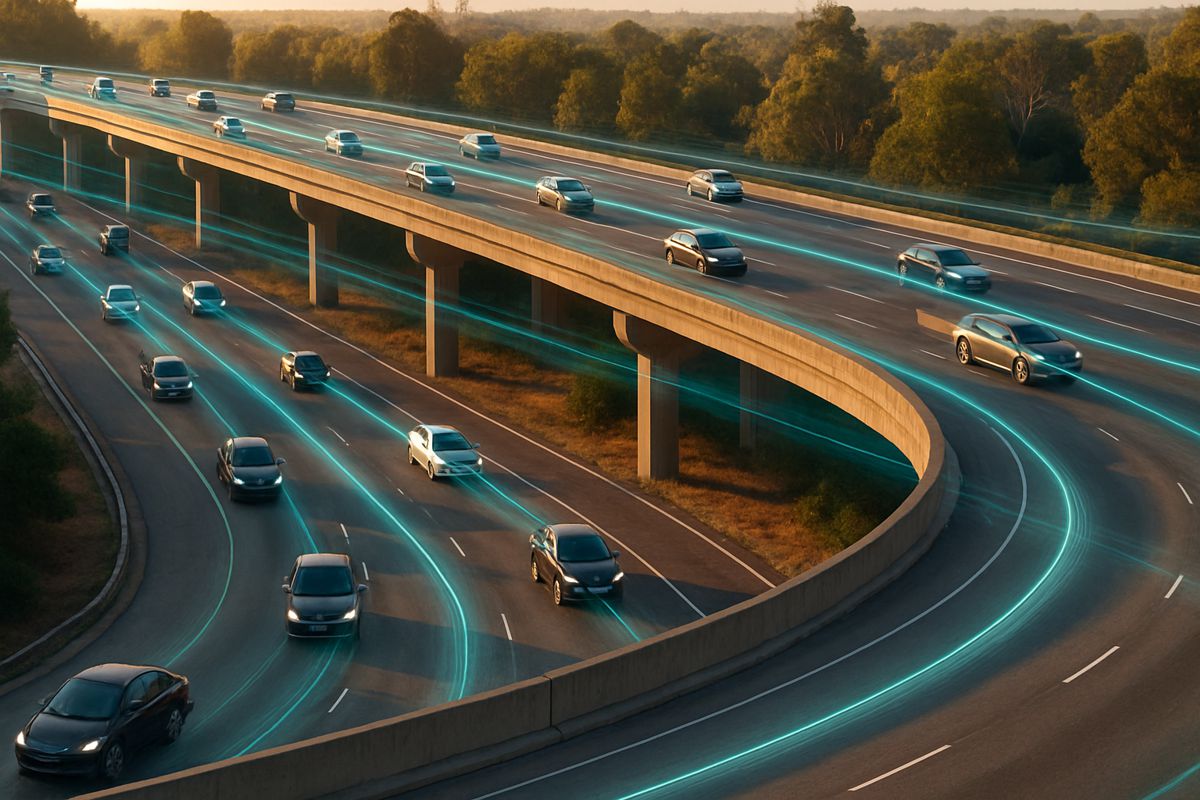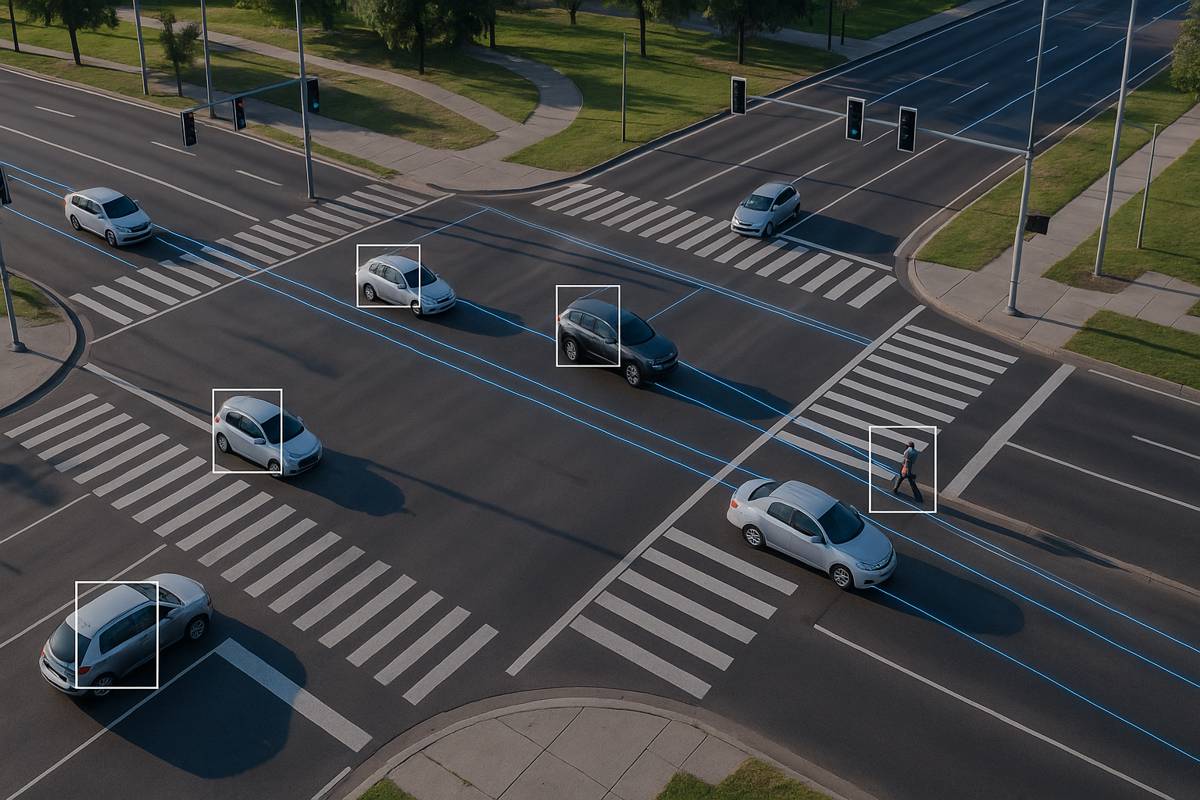Smart Charging with Synergistic Infrastructure for a Storable Grid
The rapid growth of electric vehicles and renewable energy is reshaping global power and transport systems, yet both sectors face a tangle of coordination challenges.
Power grids are already feeling the strain as EV adoption accelerates, pushing peak demand to new heights. At the same time, charging networks are struggling to keep up with rising consumer expectations. These issues are compounded by fragmented planning approaches and the absence of a truly unified model for managing power and mobility at scale.
A recent commentary by researchers Chenlei Liao and Xiqun (Michael) Chen from Zhejiang University, together with Ziyou Gao from Beijing Jiaotong University, sheds new light on this dilemma. Their work, titled Toward Smart Charging, Synergistic Infrastructure and Storable Grid for Coordinated Power and Transportation Systems, explores how intelligent technologies, cloud-based control and supportive policy frameworks could bring these increasingly interdependent systems into harmony. The authors argue that the push toward decarbonisation demands solutions that go far beyond today’s incremental upgrades.
A New Framework For System Coordination
The researchers outline a five-part model known as the 5S framework. Central to their vision is the integration of smart charging, synergistic infrastructure and a storable grid to create a flexible and robust system spanning individual, regional and trans-regional scales. This layered approach aims to unlock the full potential of renewables, smooth power demand, and improve the economics of charging while minimising emissions.
At its core, the 5S framework recognises trends already shaping the industry. Growing use of autonomous mobility, advanced AI-driven optimisation tools and V2X connectivity are transforming the way energy is delivered and consumed. However, the authors stress that current systems remain too fragmented, which limits the ability of operators and policymakers to respond to emerging pressures.
The commentary highlights the need for unified cloud-based resource aggregation, standardised protocols and stronger policy support to pave the way for widespread adoption. As urban areas scale, transport demand becomes less predictable and renewable energy production fluctuates, these systemic improvements become more urgent.
Smart Charging At The Individual Level
Smart charging is presented as the foundation for any coordinated energy system. With accurate modelling, EVs can be integrated into the grid as flexible assets rather than unmanaged loads. The authors note that detailed energy consumption and management models make it possible to shift charging from peak to off-peak hours: “EV charging can be shifted from peak to off-peak hours, reducing peak load, lowering charging costs for users, and promoting the use of renewable energy.”
This strategy creates benefits for consumers and grid operators alike. By incentivising off-peak charging through dynamic pricing structures and targeted subsidies, operators can avoid costly grid expansions. The commentary argues that policymakers should promote these mechanisms to ensure equitable access and broad adoption.
Smart charging also opens the door to more sophisticated energy management, including bidirectional charging capabilities. Although vehicle-to-grid (V2G) deployments remain limited, early pilots in Europe and China demonstrate their potential in frequency regulation, demand shaping and disaster resilience.
Synergistic Infrastructure At The Regional Scale
The regional tier of the 5S framework focuses on constructing infrastructure that aligns with energy and transport needs. The authors emphasise that planning should consider charging demand, investment costs and optimal scheduling strategies to strike a balance between convenience and economic feasibility.
A key opportunity lies in developing energy hubs by integrating renewable energy systems and storage facilities directly into charging sites. These hubs reduce dependency on centralised grids, mitigate congestion and cut emissions from conventional power generation. Similar hybrid facilities are already being tested in the Netherlands, where wind and solar assets support fast-charging stations.
The commentary points out that robust communication networks are essential to enable real-time interaction between vehicles, chargers and grid operators. Advanced communication devices are also crucial for implementing high-performance V2G systems.
Building A Storable Grid Across Regions
Trans-regional coordination forms the highest tier of the framework, enabling grid operators to draw on vast, distributed energy storage supplied by EVs. Through unified cloud-based control systems, fleets of vehicles and charging facilities can participate in electricity markets, enhancing supply-demand balance during peak periods.
The authors explain: “Aggregating a large number of EVs and charging facilities under a unified cloud-based control system enables them to participate in the electricity market.”
This market participation becomes particularly valuable during emergencies. EV fleets can act as temporary power sources during outages, contributing to disaster resilience. AI-driven optimisation helps improve forecasting accuracy and operational efficiency, though challenges surrounding battery degradation and fair compensation for users require ongoing policy development.
Cloud-Based Aggregation As A Pillar
Cloud-based aggregation is described as the linchpin of the 5S framework. It allows operators to orchestrate assets across individuals, communities and entire regions with unprecedented precision. Different levels of aggregation come with varying demands for data collection, communication reliability and computational power.
While regional pilots have shown promise, achieving trans-regional coordination will require significant advances in cloud infrastructure and industry-wide standardisation. As the authors note, autonomous driving technology and V2X communication are expected to accelerate the adoption of V2G systems and cloud-based optimisation.
Opportunities And Challenges Ahead
The commentary outlines several opportunities created by integrating power and transport systems through cloud-based aggregation. These include reduced emissions, improved renewable energy utilisation, enhanced grid flexibility and more resilient urban environments.
However, the authors caution that several obstacles remain. High infrastructure upgrade costs, cybersecurity vulnerabilities and the absence of unified legal frameworks pose considerable risk. The lack of technical standardisation continues to slow progress across global markets.
Despite these barriers, the authors remain optimistic. They highlight that coordinated systems are essential for long-term sustainability, especially as renewable penetration grows and EV adoption accelerates. Continued advances in AI, automation and grid storage technologies will likely provide new pathways for efficient implementation.
Driving Coordinated Energy Futures
The transition to low-carbon mobility will depend on how effectively power and transport systems evolve together. Coordination at every level, from individual households to trans-regional networks, will influence the resilience and stability of future grids. The 5S framework offers a progressive roadmap for integrating advanced technologies, shaping policy support and investing in smarter infrastructure to meet global decarbonisation goals.
As electrification accelerates, policymakers and industry leaders face a decisive opportunity to align system planning, empower consumers and unlock the benefits of intelligent, flexible and sustainable energy ecosystems.




















